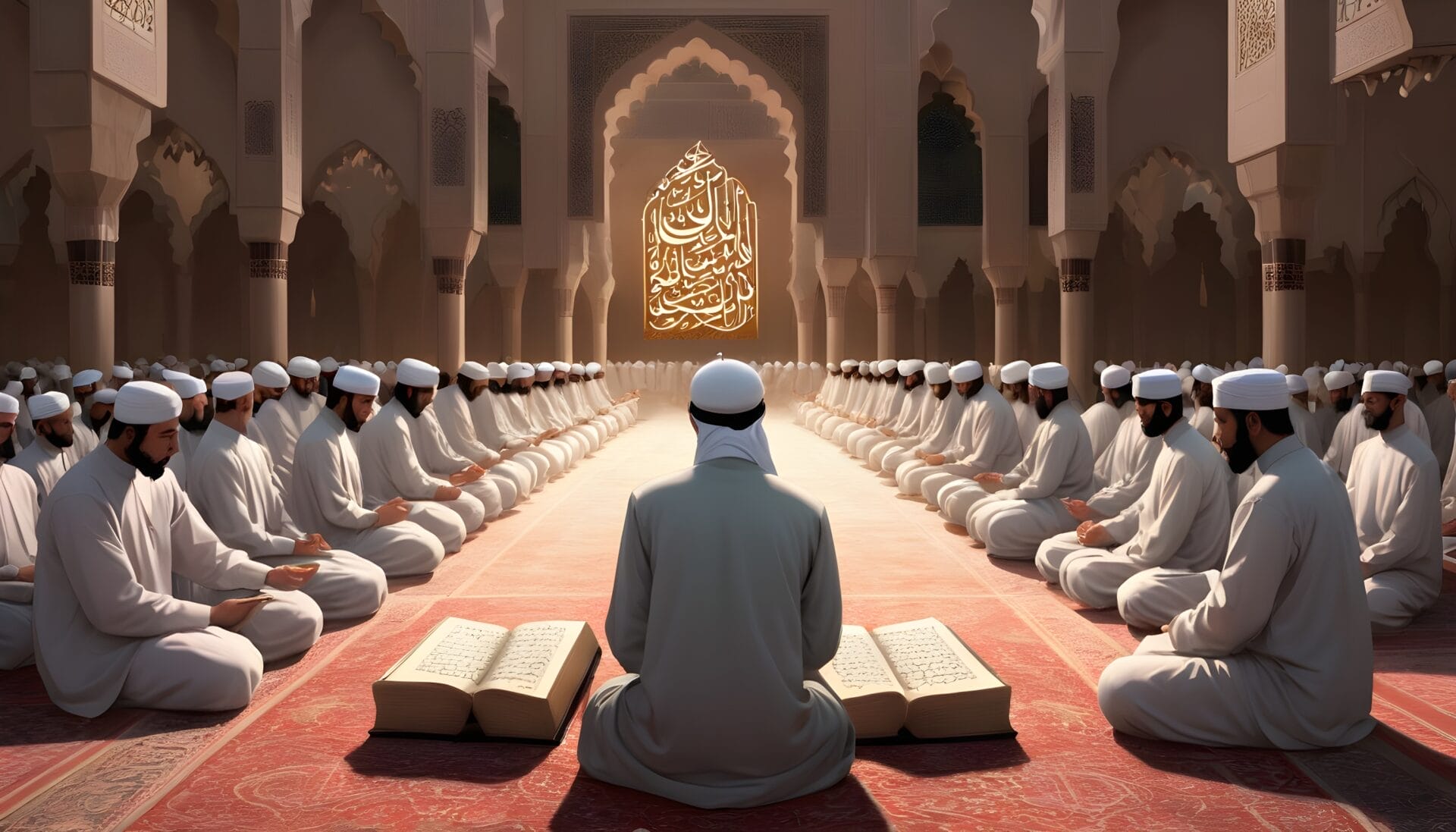
Qiraat Al-Qur’an: Your Ultimate Guide to Recitation Mastery
- Posted by ULUM AL-AZHAR ACADEMY
- Categories Quranic Journey
- Date March 4, 2024
Are you intrigued by the melodious recitations of the Qur’an and eager to dive deeper into the art of Qiraat Al-Qur’an? You’re not alone. The journey to mastering the recitation of the Qur’an is a path filled with spiritual enlightenment, historical richness, and cultural significance.
This blog article series aims to be your comprehensive companion, guiding you through the nuances of Qiraat, from its foundations to advanced techniques.
Whether you’re a beginner or looking to refine your skills, we’ll explore the essential aspects of Qiraat Al-Qur’an, offering insights, tips, and resources to enhance your recitation and connection with the divine words of Allah.
What is Qiraat? The Quran’s Miraculous Nature
The Quran stands as the ultimate manuscript of divine guidance, revealed to Prophet Muhammad صلى الله عليه وسلم over 23 years. However, the manner in which this sacred text is recited, known as Qira’at, bears its own significance and diversity, reflecting the rich linguistic tapestry of the early Islamic community.
The inception of Qiraat is deeply rooted in the Quran’s revelation itself. The Qur’an was accessible to all Arab tribes, each with their distinct linguistic nuances. To accommodate this diversity, the Prophet approved multiple ways of reciting the Quran, ensuring its universal comprehension and memorization.
This diversity also serves as a testament to the Quran’s miraculous nature, showcasing its adaptability and universality across different linguistic and cultural contexts.
Tracing the Sacred Journey of Qiraat Al-Qur’an in Islam
Let’s delve into the timeline of Qira’at, tracing its sacred evolution from the Prophet Muhammad’s era to its formal recognition in Islamic scholarship.
- Start Point: Revelation of the Quran to Prophet Muhammad
The journey of Qira’at begins with the revelation of the Quran to Prophet Muhammad صلى الله عليه وسلم in the early 7th century. The Quran was revealed in portions over 23 years, directly by Allah through the Angel Jibril (Gabriel).
This period marked the inception of the Quran’s oral transmission, with Prophet Muhammad صلى الله عليه وسلم imparting the revelations to his companions in the dialect of Quraysh, the dominant tribe of Mecca.
- Oral Transmission by Sahabah
Following the Prophet’s passing, the Sahabah (his companions) took up the mantle of preserving and disseminating the Quran. They engaged in meticulous oral transmission, ensuring the Quran’s teachings spread accurately across the burgeoning Muslim community.
This era emphasized memorization and recitation precision, with several companions becoming renowned for their mastery of different recitation styles.
- Role of Tabi’un in the Spread and Teaching of Qiraat
The Tabi’un, the generation following the Sahabah, played a pivotal role in the spread and teaching of Qira’at. They learned directly from the Prophet’s companions and further disseminated this knowledge across the expanding Islamic territories.
Their efforts were crucial in preserving the various authentic recitation methods and ensuring the Quran’s teachings remained accessible to a linguistically diverse Muslim populace.
- End Point: Codification under Caliph Uthman and Subsequent Recognition of the Qiraat
The final stage in the formalization of Qira’at occurred under the stewardship of Caliph Uthman ibn Affan. To preserve the Quran’s uniformity amidst the Islamic empire’s rapid expansion, Uthman initiated a codification project.
This culminated in the compilation of a standard mushaf (written copy of the Quran) and the distribution of copies to various Islamic centers. Following this period, Islamic scholars recognized and delineated the seven, and ten Qira’at.
These Qiraat, each tracing back to a distinguished reciter with an unbroken chain to the Prophet, highlight the depth and breadth of the Quran’s oral recitation.
The Pioneers Behind the Ten Qira’at
The Quran’s recitation, or Qiraat, has been preserved and transmitted through generations by master reciters whose expertise and devotion have been unparalleled. Among these, the ten canonical Qira’at stand out, each named after a distinguished reciter whose method of recitation was meticulously documented and passed down.
These reciters, with their profound backgrounds and dedication, have significantly contributed to the Islamic scholarly tradition, ensuring the Quran’s diverse oral recitation practices are preserved.
Here’s a glimpse into the lives and legacies of these ten eminent figures:
- Nafi‘ al-Madani (Madinah)
– Background: Nafi‘ was renowned for his recitation in Madinah, where he served as the Imam of the Masjid al-Nabawi. His method, known for its clarity and profound pauses, became the cornerstone of the Maliki school of thought.
– Legacy: Nafi’s recitation was transmitted through two of his students, Qalun and Warsh, whose names denote the variations of his Qiraat.
- Ibn Kathir al-Makki (Makkah)
– Background: A contemporary of Nafi’, Ibn Kathir was celebrated for his recitations in Makkah. His style is characterized by its adherence to the Hijazi dialect.
– Legacy: Ibn Kathir’s recitation is preserved through his students, notably Al-Bazzi and Qunbul.
- Abu ‘Amr ibn al-‘Ala’ (Basra)
– Background: Abu ‘Amr, known for his deep voice and slow recitation, was a leading figure in Basra. His method reflects the Basran school of recitation and linguistic thought.
– Legacy: His Qiraat was transmitted by two main students, Ad-Duri and Al-Susi.
- Ibn ‘Amir ad-Dimashqi (Damascus)
– Background: Ibn ‘Amir’s recitation was famed in Damascus. His recitation style is noted for its vigorous and lively tone, mirroring the Syriac musical traditions of the area.
– Legacy: Hisham and Ibn Dhakwan are two of his students who preserved his method of recitation.
- Asim al-Kufi (Kufa)
– Background: Asim’s recitation was known for its simplicity and straightforwardness, reflecting the Kufic dialect. He is one of the most followed reciters in the Islamic world.
– Legacy: His Qiraat has been preserved through two students, Shu’bah and Hafs, with Hafs’ version being the most widely recited version of the Quran globally.
- Hamzah az-Zaiyyat (Kufa)
– Background: Hamzah was noted for his emotional and powerful recitation style. His method was distinct for its heavy reliance on elongation and modulation of voice.
– Legacy: Khalaf and Khallad were two students through whom his recitation method was preserved.
- Al-Kisai (Kufa)
– Background: Al-Kisai was celebrated for his mastery over Arabic linguistics and poetry, which significantly influenced his recitation style. His method is known for its rhythmic and melodious tone.
– Legacy: Al-Layth and Ad-Duri are among the students who transmitted his Qiraat.
- Abu Ja’far al-Madani (Medina)
– Background: Abu Ja’far’s recitation is known for its unique style, which includes elongation of sounds and distinct pauses. He was one of the early reciters in Medina, contributing significantly to the preservation of Quranic recitation traditions.
– Legacy: Abu Ja’far’s Qiraat has been preserved through his two main students, Isa ibn Wardan and Ismail ibn Ja’far, ensuring the continuity of his distinctive recitation method.
- Yaqub al-Hadrami (Basra)
– Background: Yaqub’s recitation style is characterized by his meticulous adherence to the rules of Tajweed and his unique way of pronouncing certain letters. His method reflects the linguistic traditions of Basra, where he was a leading figure in Quranic recitation.
– Legacy: His Qiraat was transmitted by two of his students, Ruways and Rawh, who played a crucial role in preserving and spreading his recitation method.
- Khalaf al-Bazzar (Baghdad)
– Background: Khalaf is actually an offshoot from Hamzah az-Zaiyyat’s recitation lineage but is recognized for his distinct approach and contributions. His recitation is noted for its clarity and precision, with particular attention to the articulation of letters.
– Legacy: Khalaf’s Qiraat was preserved through two main students, Ishaq al-Warraq and Idris al-Haddad. It’s worth noting that Khalaf also contributed to the preservation of Hamzah’s Qiraat, adding to his significance in the Quranic recitation tradition.
All ten Qiraat stem from a tradition that emphasizes the meticulous preservation and transmission of the Quran through specific, authorized chains of narration (isnad). These recitations reflect slight variations in pronunciation, dialect, and methodology, which were prevalent in different regions of the Islamic world.
These ten reciters, through their unparalleled dedication and mastery, have laid the foundations for the diverse traditions of Quranic recitation that continue to inspire and guide millions of Muslims.
Their legacies, carried forward by their students, ensure that the Quran’s divine message remains accessible in its most authentic and varied forms.
Master the Art of Qira’at with Ulum Al-Azhar
Embark on a transformative journey with Ulum Al-Azhar’s 10 Qiraat Studies Mastery course, designed to deepen your connection with the Holy Quran. This comprehensive course offers expert guidance to master the intricacies of Quranic recitation, with certification recognized by the prestigious Al Azhar University.
Whether you’re fluent in Arabic, English, or Malay, this course, tailored for individuals with a decent knowledge of Tajweed, promises a rich learning experience.
Unlock the divine art of Qiraat and carry forward the legacy of the Quran’s profound message. For more details, visit our Courses page. Keep a keen eye on our blog to enrich your knowledge of Islam.
With Ulum Al-Azhar, your religious education is in safe hands!



